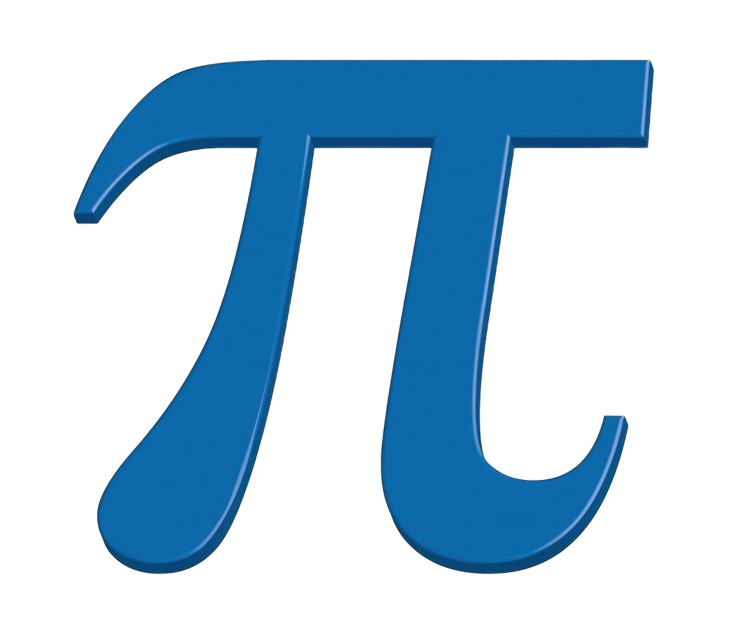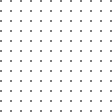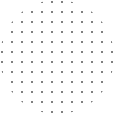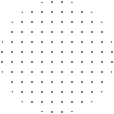Course Descriptions
-
This course is designed to build a strong foundation in mathematics for students, preparing them for the more complex topics they will encounter starting in Year 9. From Year 9 onward, students will transition to studying GCSE Higher topics, and this course ensures they are well-equipped for that challenge.
-
Weekly sessions of 1 hour 15 minutes, running throughout term time, starting in September.
-
Each week, students will receive tutor-marked tutorials featuring questions from previous topics. This ongoing revision helps reinforce their understanding and ensures they stay connected with earlier content.
-
Every two months, students will take a test covering the topics they’ve studied. Their progress and achievements will be reviewed with parents, ensuring that both students and parents are kept informed and involved.
-
Classes will be kept small, with a maximum of 10 students per group. This ensures that each student receives individual attention, and they are encouraged to ask questions during the lesson to clarify doubts and deepen their understanding.
-
This course is structured to help students build a solid mathematical foundation, setting them up for success in their future GCSE studies while fostering an engaging and supportive learning environment.

























